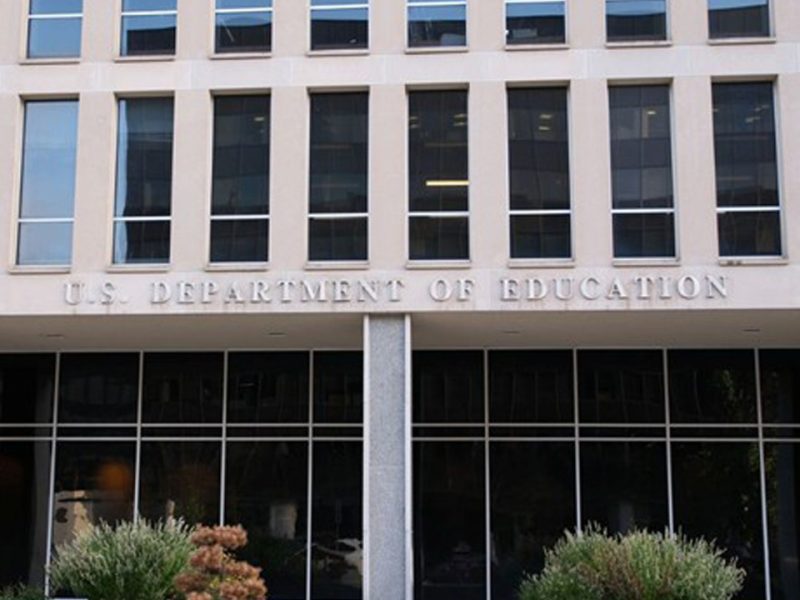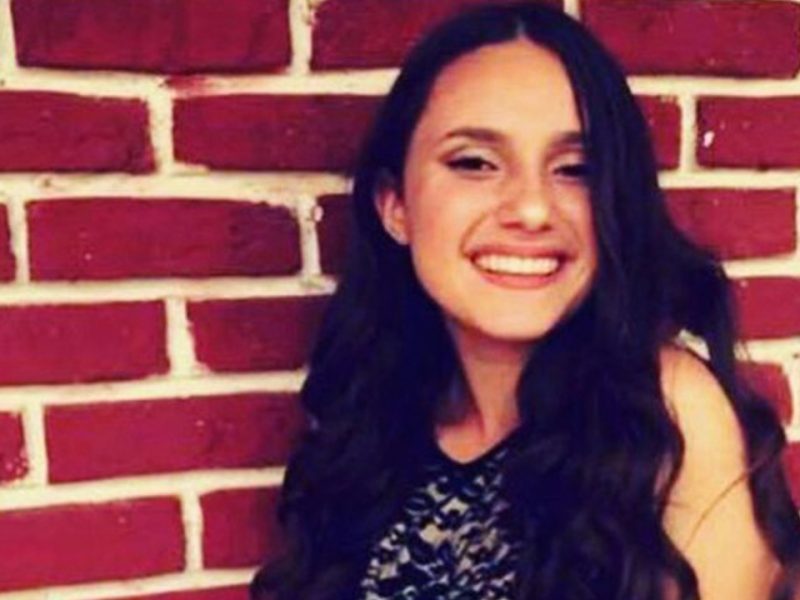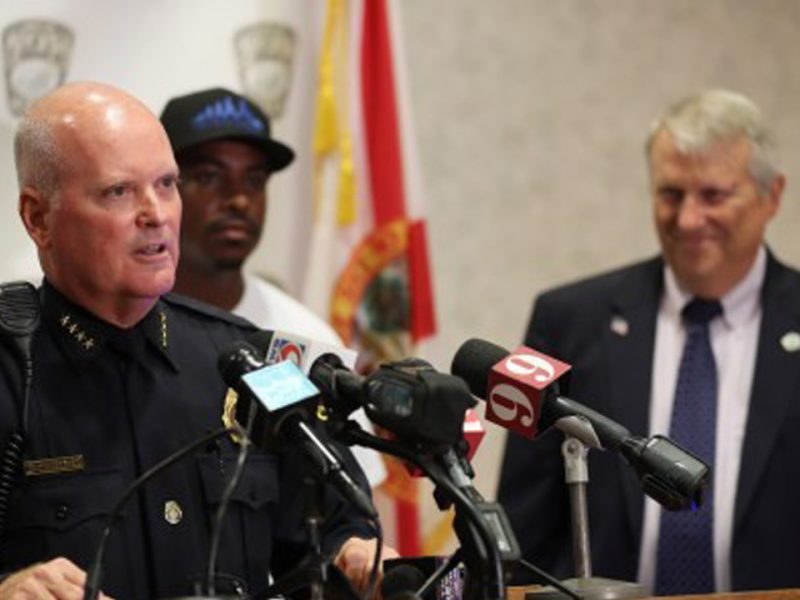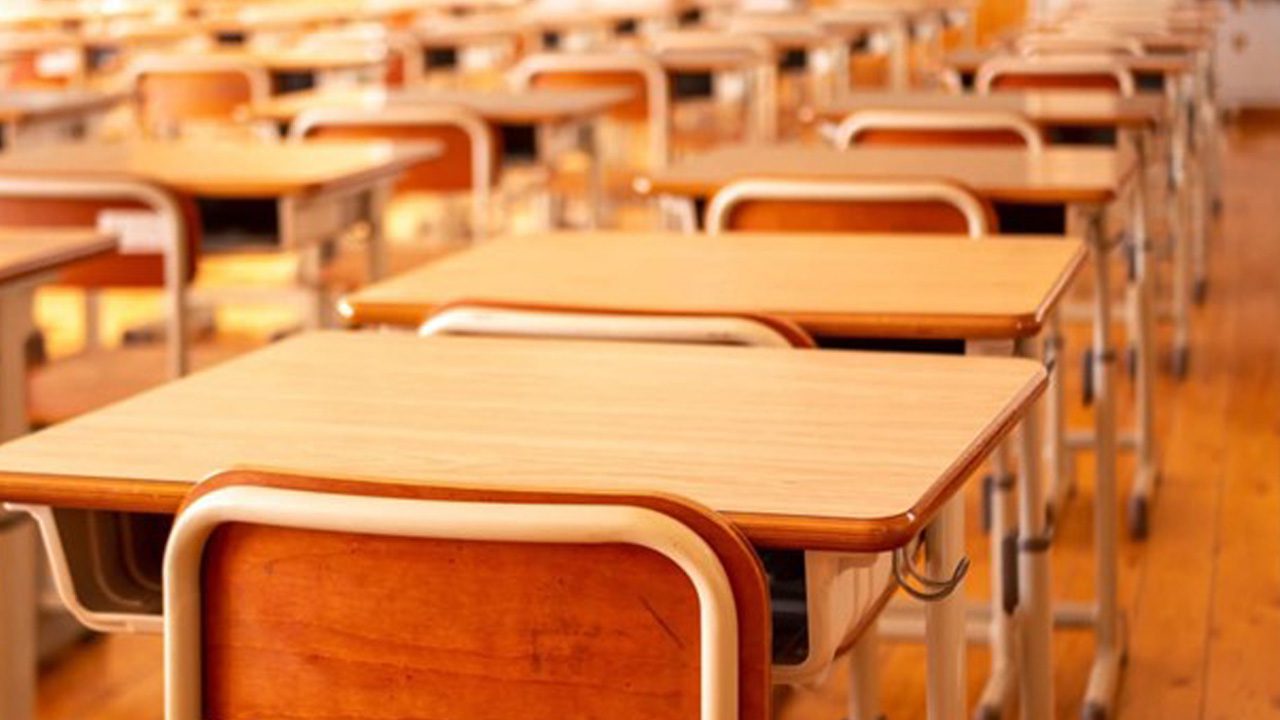
Private school choice enrollment exceeds 1M students for first time
K-12 Dive | By Kara Arundel | July 11, 2024
Participation has doubled over the last 5 years. Still, enrollment represents just 2% of the eligible K-12 population.
More students than ever before — just over 1 million nationwide — are participating in private school choice programs, according to state data analyzed by pro-choice advocacy organization EdChoice.
If every eligible student actually participated in private school choice, that would add up to 22 million students, or 40% of the K-12 school-aged population, EdChoice said. Still, only 2% of eligible students are currently participating in these programs where taxpayer funds are used for private school tuition.
Colyn Ritter, a senior research associate at EdChoice, attributed the uptick to an expansion of universal private school choice programs in some states over the last few years.
“This has never crossed the seven figure mark to date. This was the first time,” Ritter said. In fact, EDChoice said the 1 million mark may even undercut actual participation since some state data lags behind.
Private school choice participation doubles in 5 years
22 million students, or 40% of the K-12 school-aged population, are eligible to participate.
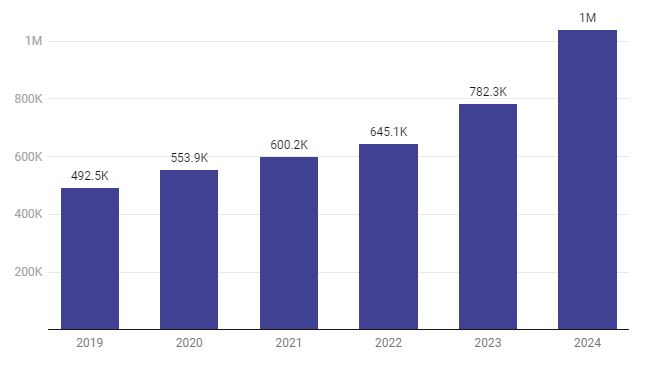
Data includes participation in education savings accounts, tax credit ESAs, refundable tax credits, vouchers and tax credit scholarships. Chart: Kara Arundel/K-12 DiveSource: EdChoiceGet the dataCreated with Datawrapper
Ohio helped push participation past 1 million when it expanded private school choice eligibility last year, Ritter said. State data shows that enrollment under the expanded program, which is open to families of all income levels, increased from 23,272 in fiscal year 2023 to about 88,000 in FY 2024.
In addition to Ohio, other states with notable increases over the past few years include Arizona, Florida and Indiana, Ritter said.
“We’re proud of the fact that so many students are eligible, but we’re even more proud that families are choosing to use that program, and hopefully they’re using it to get their child access to a better quality education,” Ritter said.
Another reason participation is growing is the rising popularity of education savings accounts and tax credit ESAs. This year these programs had 470,801 participants, up dramatically from 19,211 in 2019, according to EdChoice.
In analyzing the most recent national and state data, EdChoice considered five types of private school choice programs: vouchers, tax credit scholarships, ESAs, tax credit ESAs and refundable tax credits.
At least one form of private school choice is offered in 33 states, the District of Columbia and Puerto Rico, according to EdChoice. The sole federally funded private school choice program operates only in Washington, D.C.
According to a May 27 updated paper by FutureEd, a think tank at Georgetown University’s McCourt School of Public Policy, 34 states had 118 private school choice bills this year. Most aimed to expand options although some sought to scale them back.
Of the bills introduced, 16 were enacted as of the end of May, including programs in Alabama, Missouri and Georgia.
Facing strong opposition
While the rise in offerings has pleased private school choice advocates, it has also fueled opposition. Controversial legislation to create private school choice programs went down to defeat over the past year in New Jersey and Texas.
Opponents said private schools offer less choice for students because, unlike public schools, private schools can pick and choose who attends. They also said private school choice programs don’t always cover full tuition costs and that private schools don’t have to follow state accountability measures, curriculum requirements and special education mandates.
Public Funds Public Schools, an organization that opposes using taxpayer funds for private school education, also highlights the legal risk of using public money for private school tuition. Its website states that “voucher programs may violate a state constitution’s education clause, including a state’s obligation to adequately fund public schools or to provide a uniform system of public schools, and other important state constitutional protections.”
Joshua Cowen, a professor of education policy at Michigan State University who has researched private school choice programs across the country, is critical of funding programs that deplete money for public schools. Additionally, many private school choice recipients come from wealthy families and were already enrolled in private schools before receiving the tuition breaks, according to research. Some private school choice supporters dispute this.
“Given that data in state after state have shown that roughly 70% of voucher users had never been in public school to begin with, what EdChoice is really celebrating is an unprecedented amount of taxpayer dollars going to subsidize choices that wealthier families were already making,” Cowen said in an email.
He added that expanding private school choice programs should concern public school supporters because, in the long term, it will be difficult for states to financially support two education systems — the public one and a private school choice program.
Ritter maintained that EdChoice is supportive of public schools. Its polling shows that about 40% of parents would pick a public school even if they had a private school choice option.
But EdChoice wants parents to have a variety of schooling options for their children, Ritter said.
“The reality is, kids are not all the same and the way they learn is absolutely not the same so we should be allowing them [parents] to look at a wide array of options when it comes to their kids’ education,” Ritter said. “We just don’t believe that there’s any more time to waste.”



